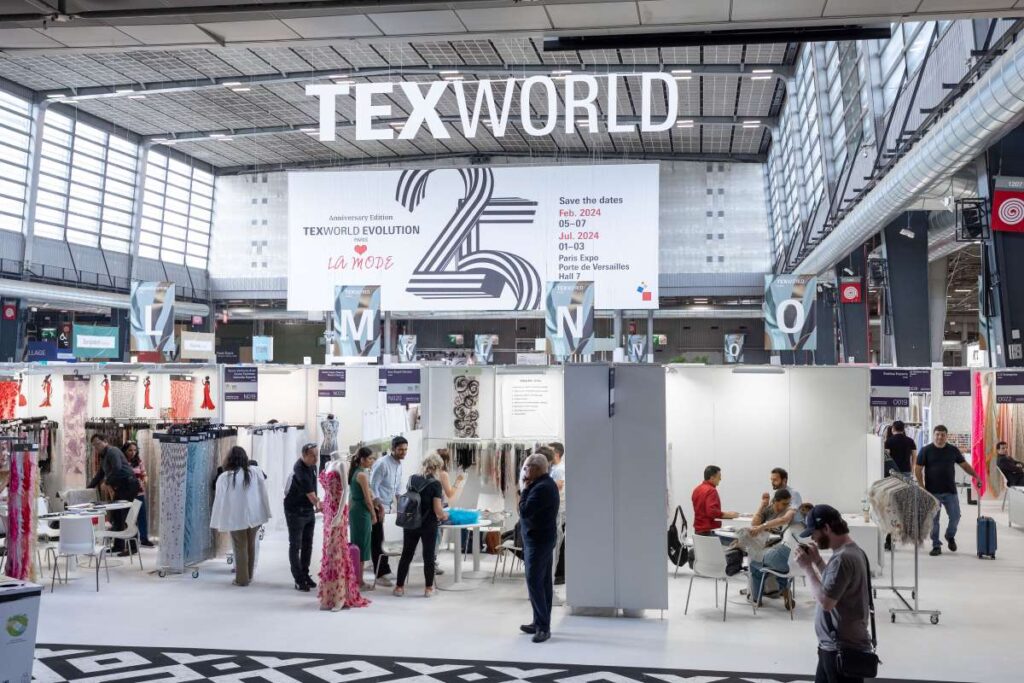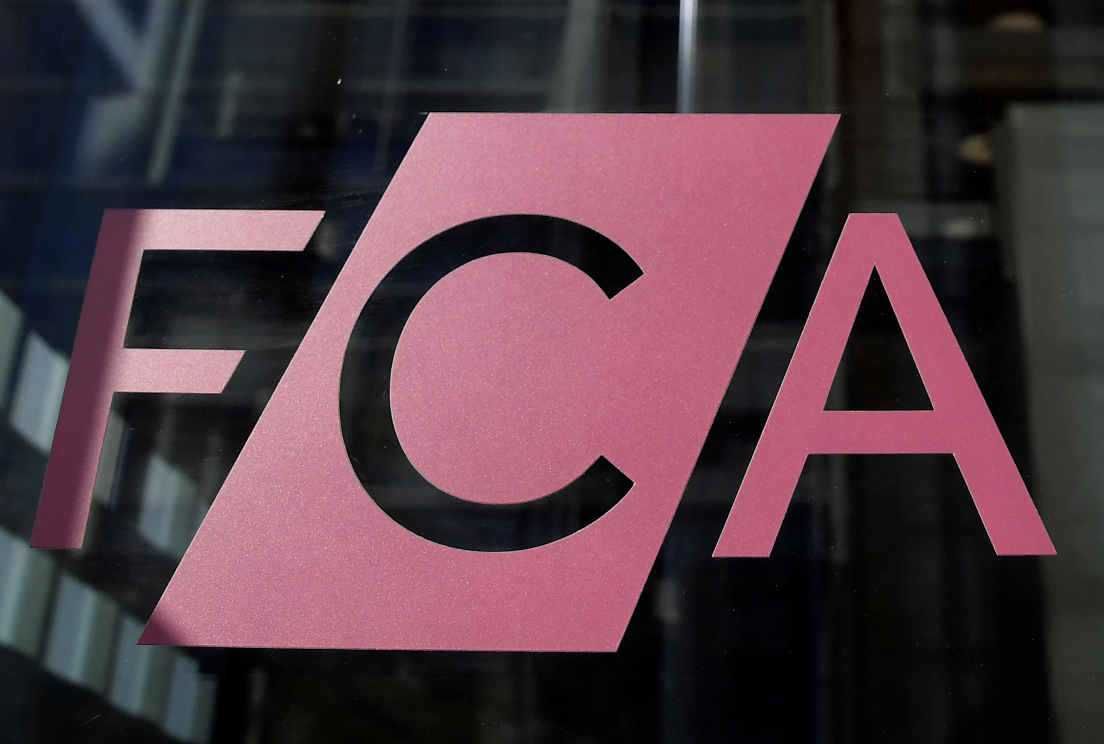Jaclyn Noble: Coming apart at the seams?

|
Listen to this story:
|
I recently spent a day in one of my Happy Places, strolling around Texworld, the twice-yearly global textile exhibit at the Javits Center in New York City.
After 30 years in the apparel industry, I am continually fascinated by the latest developments in the textiles themselves, and in the business. Who has the best quality, the latest innovations, the most environmentally aware offerings? Where are they coming from?
The answers were worrying. What I saw at the show was a small and fragmented US textile and apparel industry, which is bad news for better sustainability. How will we get to a circular economy, where sustainable farm-to-fabric-to-fashion supply chains thrive, if domestic suppliers and retailers are not talking and working together?
With domestic textile plants closing at an alarming rate (eight were shuttered in the Southern US between last August and December alone) US suppliers were conspicuous by their absence at the show. Out of hundreds of textile and apparel companies, only four were American.
Having lived through the decimation of the UK textile industry in the 1990s, when production switched to Asia as retailers chased ever-cheaper sources, it was déjà vu. Only a few UK mills survived, and the USA textile industry is embattled. The announcement that 1888 Mills, one of the top 10 home suppliers in the US market, will no longer produce towels domestically and will close its terry cloth manufacturing plant in April 2024 adds yet another casualty.
RELATED ARTICLE: Jaclyn Noble: The EU is Clearing the Chaos of Environmental Claims
If we learned anything from the pandemic, it’s that global supply chains make us vulnerable, and we need to protect domestic manufacturing. When the supply chain erodes, it hurts everyone in the fragile ecosystem from the farms to the garment supplier.
So, what are the problems and their solutions? Many fingers point to the 2016 decision by Congress to raise the tariff-free limit on goods imported direct to the consumer from $200 to $800. Packages entering tariff-free shot up between from 150 million in 2016 to more than a billion last year. About half are textile and apparel products and Shein and Temu, ultrafast fashion retailers in China, account for nearly 30 percent of them.
The change was meant to reduce costs for importers, speed up deliveries for smaller businesses, and reduce paperwork. But in the age of e-commerce, an unintended consequence is a flood of super-cheap imports into a saturated market, fueling both environment-damaging over-consumption and competition for domestic producers.
But there are more factors at work. In my years with premier USA retail brands, I rarely saw domestic suppliers for substantive, collaborative discussions. Why the silence? US producers have been kept alive by the US military, which is required to use home-grown materials, and the few manufacturers like American Giant, Patagonia, and Carhartt who have made USA sourcing part of their mission. We need more strong partnerships.
Texworld NYC joined forces with The Seams organization, which represents the US sewn products industry and amplifies US based sourcing opportunities. However, if we are to experience a resurgence of “Made in America” the USA supplier need to meet retailers where they are at – for example, at the next Texworld in New York in July.
Jaclyn Noble is a textile industry thought-leader passionate about sustainably creating, consuming, and reusing fabrics. After 20 years in leadership roles with U.S. fashion icons such as Spanx, North Face, and Coach, she’s now focused on teaching current and coming generations about how to love fashion and the environment at the same time.
This article is contributed by Jaclyn Noble. Every week ESG News delivers smart commentary from ESG practitioners and experts to unpack issues of the day. Submit an article for editorial consideration for the ESG News Sustainable Fashion series here: [email protected]










